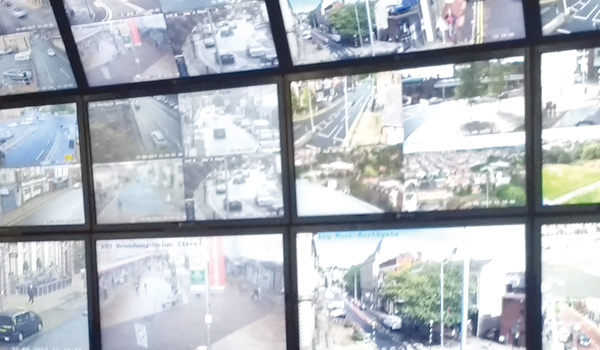The cutting edge
For the last three years the Government has made a concerted effort to reduce the bureaucratic burden within the police service. Mat Hanrahan assesses the role of technology in cutting through red tape.

For the last three years the Government has made a concerted effort to reduce the bureaucratic burden within the police service. Mat Hanrahan assesses the role of technology in cutting through red tape.
The subject used to be little more than a rhetorical football hoofed between the main political parties, but now politicians and even some sections of the media are beginning to show a public interest in how the bureaucratic ties that keep police from patrolling their community can be cut. The general consensus is that technology can deliver the required savings, but despite significant progress there is still much work to be done.
Yet todays environment is a vast improvement on what the service faced some seven years ago. While forces were regularly being criticised for being absent from the streets, officers grimly watched a new regime at the Home Office prepare the ground for yet more performance targets and a new National Crime Reporting Standard that would bury them alive in paperwork.
The Home Office-commissioned Diary of a Police officer report concluded that officers spent almost as much time in the police station (43.1per cent) as they did out on their shift, leaving only 17 per cent for high visibility reassurance policing.
Many of the Governments ideas for police reform stem from this research and reducing bureaucracy was an obvious target. Sir David ODowd was duly appointed head of the Policing Bureaucracy Task Force, and went on to provide a 52-point action plan that was published in September 2002.
Yet forces were taking the initiative to reduce bureaucracy through technology long before the Home Office began championing the cause.
Back in 1999 Gary Ogden was a chief superintendent and head of Wiltshire Polices Corporate Development Department, with responsibility for modernising the force`s business process. The force, like many others, was struggling to keep on top of bureaucratic and information overload. At the end of every shift each officer was expected to complete a stack of forms corresponding to the days policing activity. The growing number of filing cabinets in the headquarters record room meant the floor had to be reinforced, such was the weight it supported.
Wiltshire Police decided to implement a pilot to establish the business benefits of deploying an electronic workflow application. The force chose to pilot its internal multi-page carbonated form 7, which was used to gather information from people charged or cautioned and update the Police National Computer (PNC).
Research showed that on average the form took 30 minutes to complete, but where multiple offenders or crimes were involved more than one form was required and it sometimes took more than an hour. Once completed the forms were transported to headquarters where they were manually keyed into three separate databases. On occasion, anything up to 85 per cent of each batch of forms were returned to the originating officer as a result of being incomplete or illegible.
Wiltshire Police was not alone. The HMICs 2002 On the Record report showed that, in March 2001, the average time spent updating charge details from local forces to the PNC was 55 days, as opposed to the target period of 24 hours.
Wiltshire Polices approach was to invest in a workflow application capable of extracting data from the custody system, providing an online version of form 7. The online version could be programmed to automatically duplicate repeat information to other forms where necessary (the review found officers had to write out name and address details up to 17 times on some forms). It would then forward a clean and legible version to HQ, where it would be quality checked and then automatically copied to three separate databases.
Getting rid of form 7 meant Wiltshire Police saved £10,000 in printing costs, was able to re-deploy three support staff to other duties and reduced the rejection rate to zero. By applying the same principles throughout the service – as well as investing in a document management system


